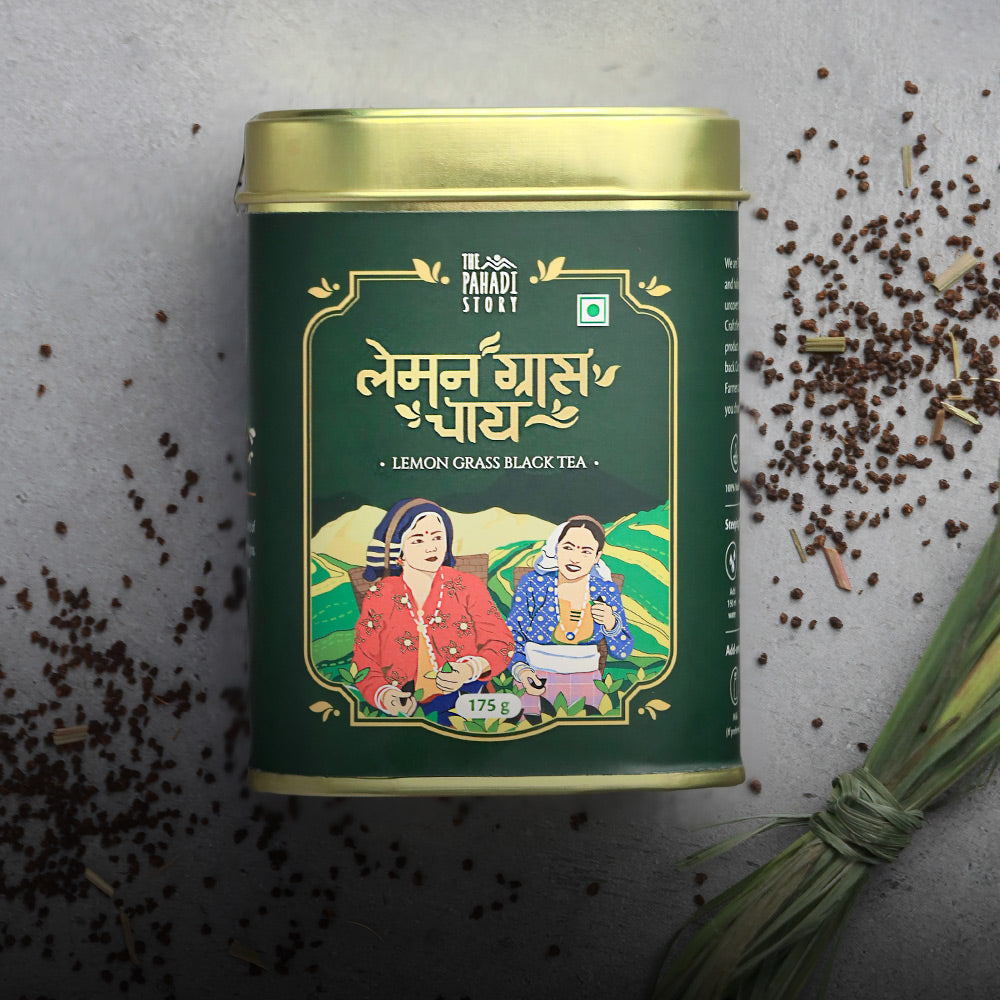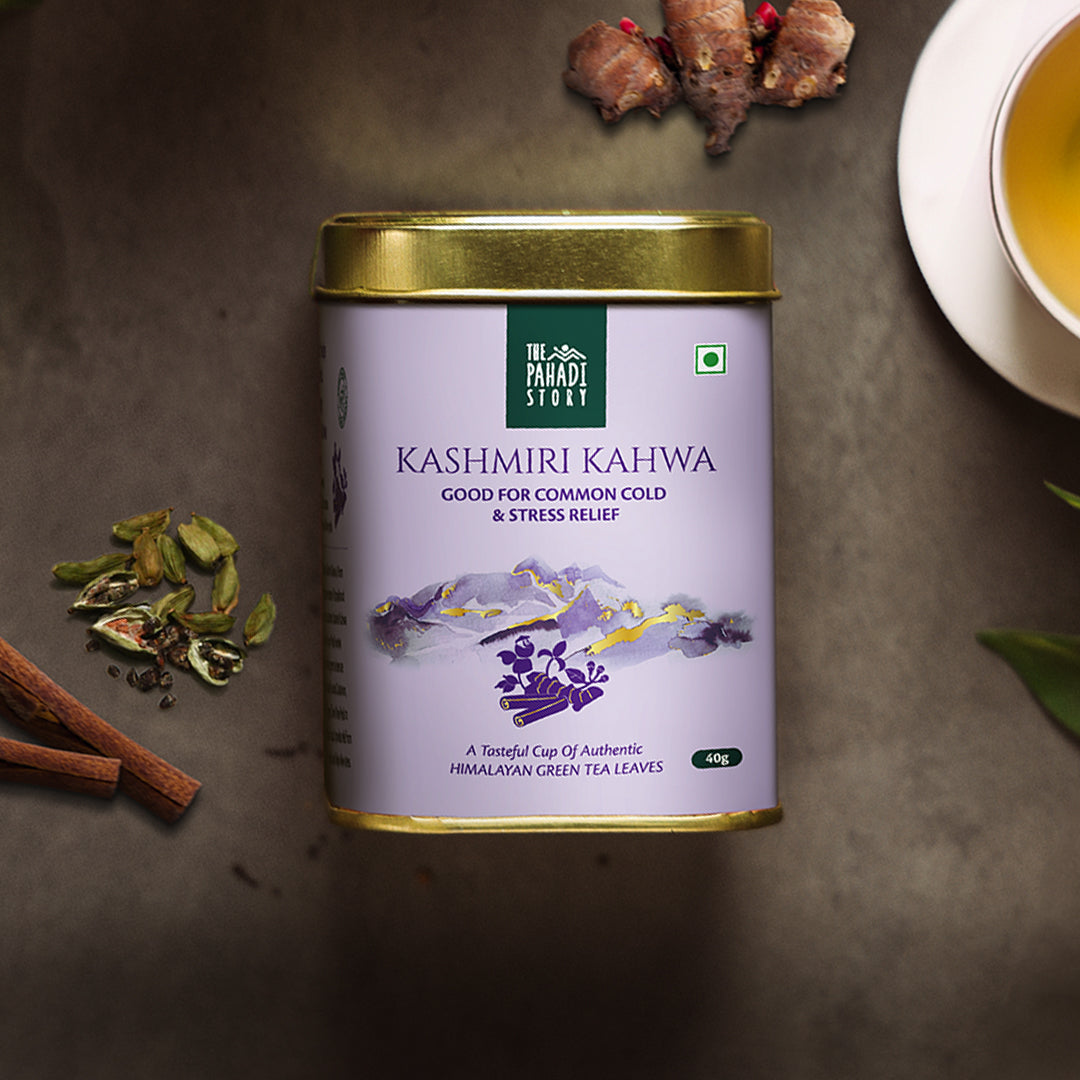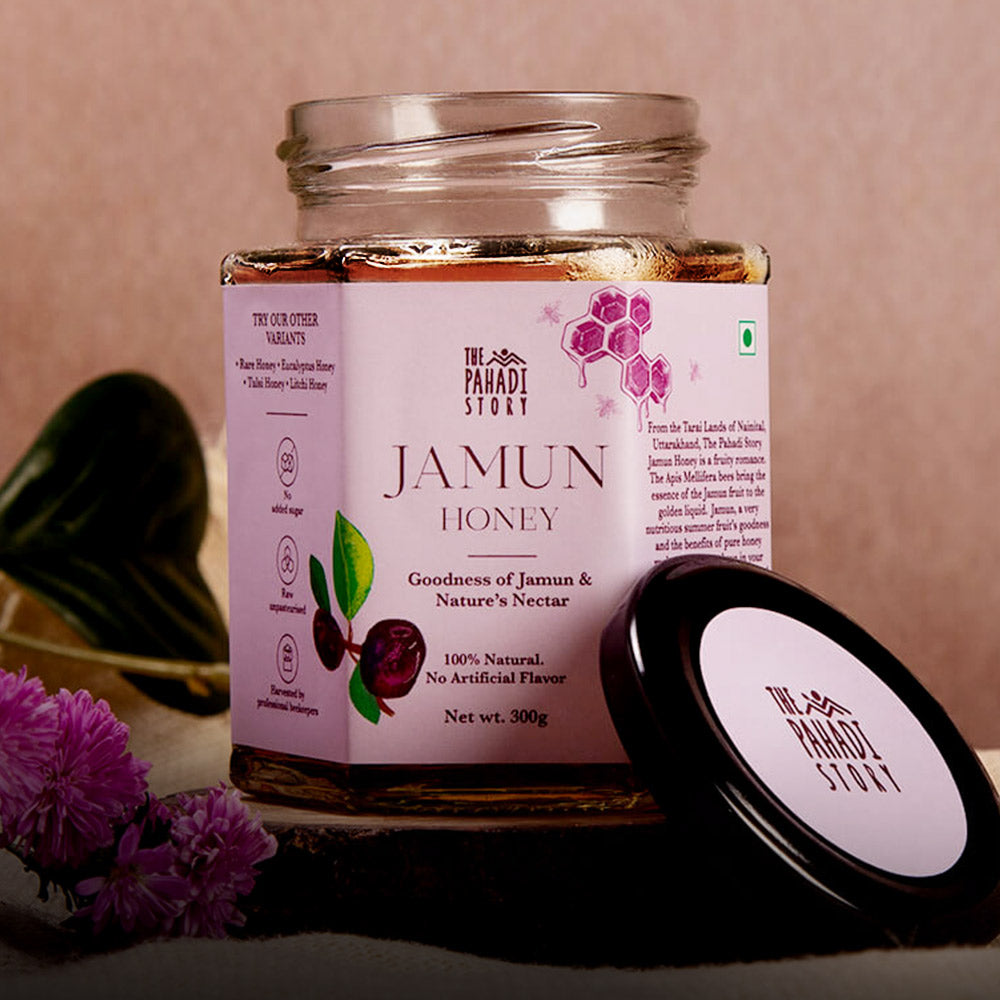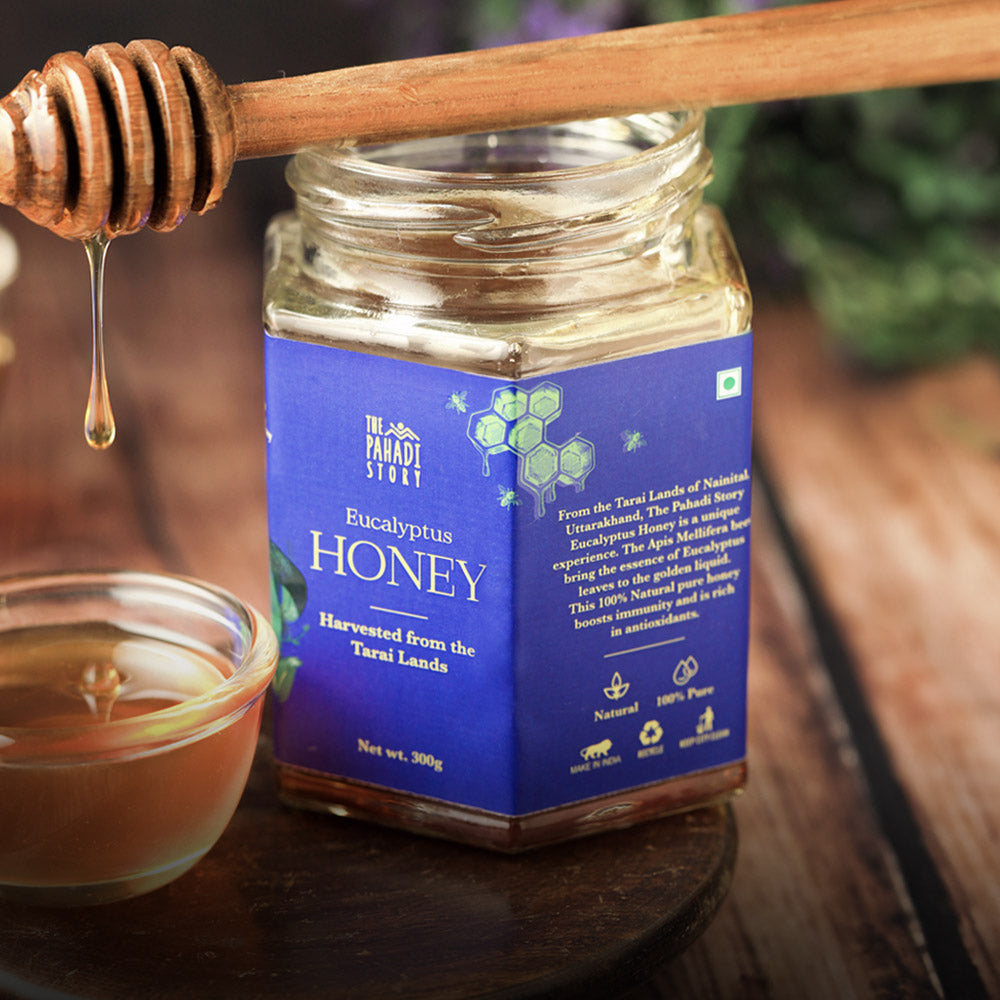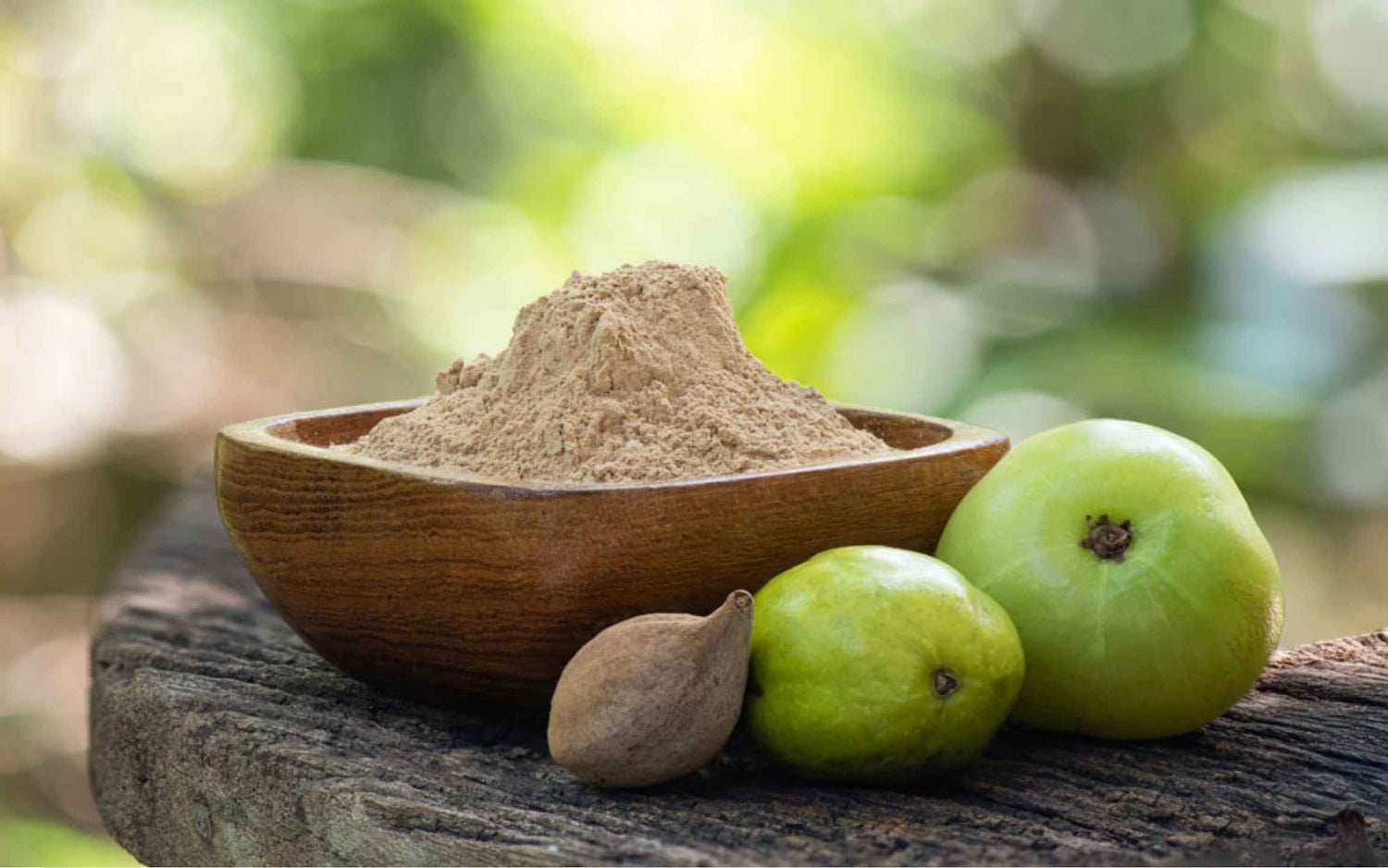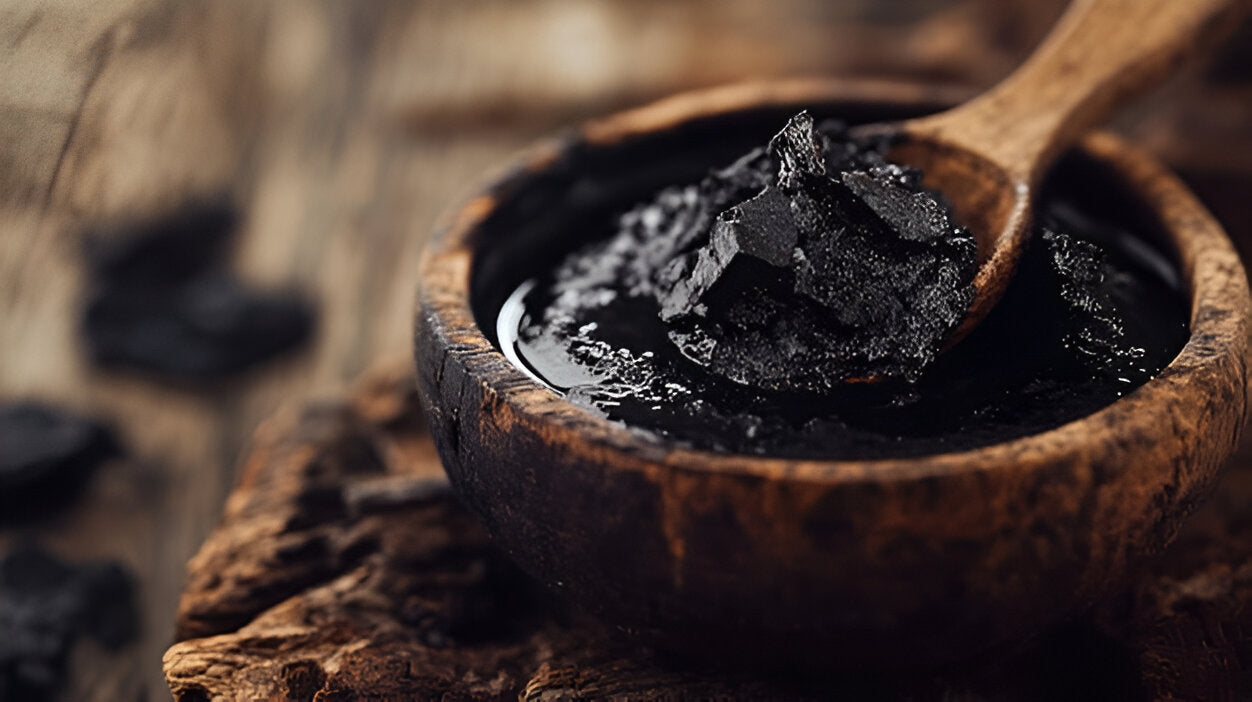Triphla: Tri means three, and tri-phla indicates three fruits. This herbal remedy is made by combining Hirataki or Terminalia Chebula, Amala or Emblica Officinalis, and Bibhitaki or Terminalia Bellirica. Triphla is a polyherbal medicine, according to Ayurveda.
Triphala- What is it?
In the history of traditional Ayurvedic medicine to the present day, you will find the mention of triphla for treating several health conditions at a time. Dealing with stomach ailments to dental issues, it might cure all. It is a magical herb that ensures your overall health and helps you develop longevity.
This Ayurvedic herb comes under polyherbal medicine, indicating it is made by combining several medicinal herbs. They might help in disease prevention and health benefits. Combining strategies of different herbs in it results in an extra therapeutic and is way better robust treatment than the result one will get in taking the three ingredients separately.
It combines three dried fruits. These plants have originated from India and have a lot to say when it comes to health benefits.
History of Triphala
While turning the pages of the great Sushruta Samhita of Ayurveda, you will realise triphala was a part of several remedies that were curated somewhere dated 1500 B.C. This clearly indicates the presence of this rasayanik ayurvedic rejuvenating tonic for a very long time. It is believed that out of the known 700 medicinal plants at that time, this rasayana was given to the king of the Kushan Empire to bring his lost health back by the renowned Ayurvedic Vaidya (doctor) somewhere in the first century AD. He consumed it until he was alive and was known to live a completely healthy life for more than a century.
Triphla Benefits - Lot to Know
Talking about triphla benefits, they are endless. If we follow the Ayurvedic books, it is known for controlling inflammation, constipation, healthy living, and some dental issues.
You might not be aware, but Ayurveda has given great weightage to triphala powder and has been using it for Ayurvedic treatment and various healing processes. You can find the traces of this ayurvedic herb for over 1000 years.
Triphala churan, or this herb, is a result of combining three medicinal plants. All of them have their origin in India. It is among the staple ingredients of Ayurvedic medicine. With the growing popularity, people are relying more on triphala for various health benefits. Next time, when you see your family elders having triphala powder with warm water, just think how many health benefits they are sipping at a stretch.
Triphla brings many benefits together; it is anti-oxidant, rejuvenative, hepatoprotective, cardioprotective, and much more. This immunity booster is growing popular in all corners of the sphere.
Amla or Indian Gooseberry
In scientific terms, amla is known as Emblica Officinalis and has been significant in Ayurvedic medicine. It is consumed in several ways, such as ayurvadic kadha, pickle, chai tea and more. It is also among the oldest edible fruits now consumed worldwide. This fruit starts growing in small to medium-sized trees and has a sweet, sour taste with a fibrous texture. This fruit's taste ensures that it can be used in the preparation of various dishes. Besides the taste, its features allow it to be used for different health issues, as mentioned in Ayurvedic medicine. It might be helpful in treating constipation.
Amla is also full of Vitamin C, minerals, amino acids and is too nutritious. To surprise you more, this single small fruit carries several plant compounds full of health benefits like phyllembelic acid, tannins, rutin, emblicol and more.
Bibhitaki
The trees of bibhitaki are too beautiful and huge. Scientifically popular as Terminalia bellirica, it is commonly seen in Southeast Asia. Following the Ayurvedic study, this fruit might be good in treating viral and bacterial infections.
It has several plant compounds like tannins, flavones, ellagic acids, lignans, gallic acid and many more. They all have wonderful medicinal properties hidden in them. Bibhitaki, in particular, is wonderful when it comes to inflammatory properties. It might be helpful in balancing the sugar levels, but remember, your doctor knows your body well, so consult him before you do anything.
Haritaki
This medicinal dry fruit, known to remove and cleanse, is scientifically termed as Terminalia chebula. Though you can find them growing everywhere, China, the Middle East, and Thailand are widely known landmarks for this plant. Popular among Ayurveda, the fruit of this plant is green and is a part of Ayurvedic medicine. King of medicine, as so many people pronounce Haritaki, in Ayurveda, might treat stomach issues, digestion issues, heart help and other breathing problems. This herb consists of terpenes, flavonoids, polyphenols, anthocyanins, and other plant products. They come with several health benefits and overall wellbeing.
Haritaki herb is full of anti-inflammatory and antioxidant properties. It might be your best friend while treating digestive issues, especially constipation.
Health Benefits of Triphala You Can't Miss
Triphala has won the heading of the bulletin board to treat several diseases, and it might work wonders with its exceptional properties.
1. Anti-Inflammatory
Triphala consists of several antioxidants that may ensure your body is well-protected and prepared to fight against several health issues. It has Vitamin C, polyphenols, saponins, tannins, and more, in addition to other plant components. It acts well while controlling the inflammation.
2. May Help With Dental Problems
Triphla might be really helpful for your dental issues due to the antimicrobial and anti-inflammatory properties it has. It might ensure that no plaque is formed, which
Triphala may benefit dental health in ways you've never thought before.
Moreover, triphala comes with antimicrobial and anti-inflammatory properties, which might control the possibility of plaque formation. In return, the chances of gingivitis and cavities are almost negligible in most cases.
3. May Help With Healthy Weight
The belly area often shows an alert sign by growing in size. People who say a fat belly is a happy one need to work on their lifestyle. Triphla might reduce belly fat. Ayurvedic doctors advocate consuming ten grams of Triphala.
4. Might Be A Good Resource for Natural Laxative
Constipation has been a major problem in almost every third person, and back from ancient times, triphala has been used to deal with the digestive problems that may lead to it. Some people might believe it is the best alternative to laxatives. Some people prefer it with Isabgol husk to reduce the symptoms of constipation. It might also help with abdominal pain and make the bowel movements smooth.
Who will benefit from Triphala?
Triphala brings something good for everyone, but never be in a hurry to start anything without consulting your doctor, as they know your internal system well. Everyone can have it to enjoy its benefits, but this set of people needs to be careful while having it.
1. Pregnant ladies or Breastfeeding Moms
Only females have the power to bring a new life into this world, but at the same time, they need to be extra careful. They should not take anything without understanding their body well, and consulting their health specialist is never advisable. The same piece of advice goes for the breastfeeding moms.
2. Infant kids
Children who are too young have a weak digestive system and should be careful with what they eat.
3. Chronic Disease Patients
Such patients should consult a doctor before adding it to their diet as it may not complement their medicines or suggested lifestyle.
Ways To Eat Triphala
One can consume triphala in several ways, as follows;
- You can have them in the form of a capsule, liquid or even powder.
- Never take it early in the morning; instead, consume it before sleeping for maximum absorption.
- Suggestive doses are somewhere between 500mg to 1 gram a day.
- If you are taking it in the powdered form, try consuming it with hot water before meals.
Doctor's advice is anywhere a must and it will be good if you can settle to them for the right advice about triphala usage.
To Conclude With
Triphala, or the combined result of three secret dried fruits of amla, haritaki and bibhitaki, can treat several health issues. This Ayurvedic herb prevents from inflammation and more diseases. Coming up with so many benefits, it is indeed a worthy remedy to add to your regular routine, but after taking a green signal from your doctor. Too many benefits, in a single remedy is stored just for you!
Your health regime is always in your hands, handle with care!
Frequently Asked Questions
1. Can I take triphala every day?
Triphala might help with overall wellbeing, and one might take a small amount every day, but only after consulting your doctor. It has anti-inflammatory, antioxidant and antimicrobial functions.
2. What are The Uses of Triphala?
Triphala specialises in general gastrointestinal health with its aqueous and alcohol extracts. It might also prevent diarrhoea. It can also help to induce exclusive enteroprotective effects.
3. How do you address triphala in English?
Triphala is also considered as three fruits in English. Haritaki, amlaki and bibhitaki are the three dry fruits added to this ayurvedic herbal rasayana in the ratio 1:3:2.
4. Can one take Triphala at night?
Triphala is safe to consume at any hour, but avoid taking huge quantities. You can take it in juice, tablet or powder form at any hour after consulting your health specialist.



